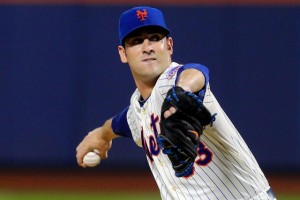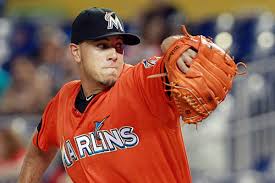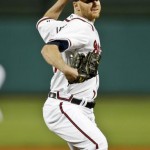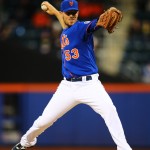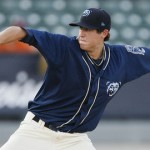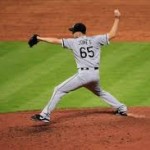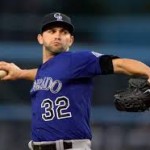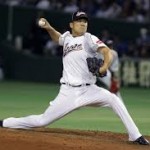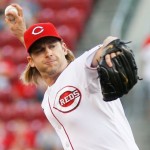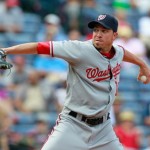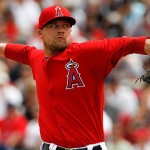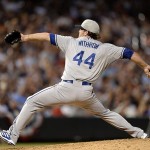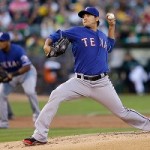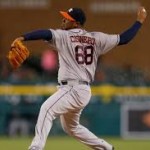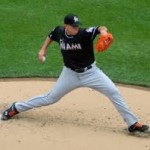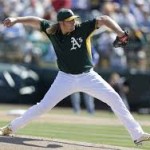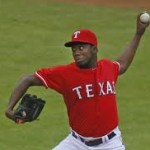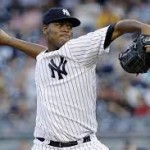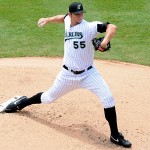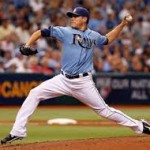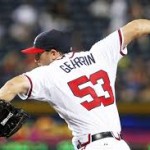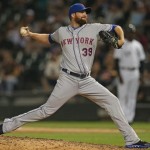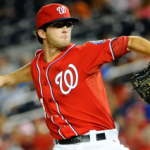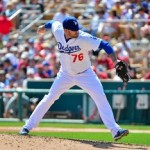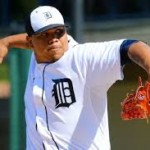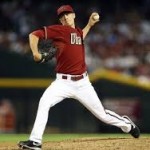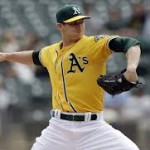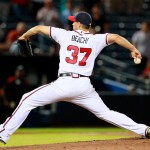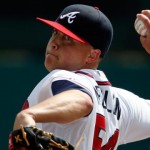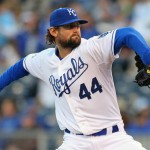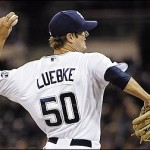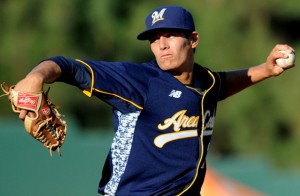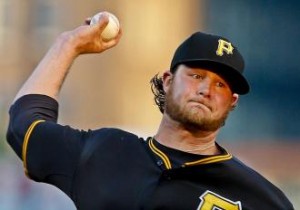Post season predictions so far:
- Wild Card Games: (link to my prediction post): got both Houston and Cubs WC wins right.
- NLDS: (link to my prediction post): Got LA in 5 games wrong, got Cubs in 4 exactly right
- ALDS: (link to my prediction post): Got Toronto in 4 correct, got KC in 5 exactly right
- NLCS: (link to my prediction post): Predicted Cubs in 6, was Mets in 4 (ouch, not even close)
- ALCS: (link to my prediction post): Predicted Toronto in 6, actually was KC in 6 (wrong again).
So, neither LCS went as I thought it would and we have the #1 media market in the post-season for the first time since 2009.
Likely Pitching Matchups for Mets-Royals:
Mets-Royals:
- Game 1: Harvey vs Volquez
- Game 2: deGrom vs Ventura
- Game 3: Cueto vs Snydergaard
- Game 4: Young vs Matz
- Game 5: likely Volquez vs Harvey again
- Game 6: likely deGrom vs Ventura again
- Game 7: likely Snydergaard vs Cueto again
Discussion
The Mets, by virtue of their quite unexpected sweep, get to reset their rotation and opt (somewhat surprisingly) to lead with Matt Harvey instead of Jacob deGrom. So be it; both guys likely throw twice in the series anyway, so perhaps its a case of getting Harvey a home start in game 5 where he’s likely to be unbeatable. The Royals had to burn Yordano Ventura in the LCS game 6; he won’t be available until WS game 2, so they seem set to lead off with their 2nd most effective guy Edinson Volquez in the opener.
Man for man, the Mets seem to have an overwhelming pitching advantage here. Their 1-2-3 starters each are significant throwers, Volquez doesn’t normally scare anyone, and Johnny Cueto had a 36.00 ERA in the LCS. But the Royals are formidable at the plate: 2nd in the league in BA (by just a point behind the leader), Fewest in the league, by a fairly significant margin, in percentage of strikeouts. Lastly, as a team they’re the 3rd best squad in the game at hitting fastballs. So strength meets strength here.
I can see the Royals working the Mets pitchers, who are all young and may be at the tail end of their effectiveness after a season where almost all of them are pitching far longer than they thought. If the Royals get into the Mets bullpen … are they in trouble? Meanwhile, the Royals’ starters don’t exactly inspire confidence necessarily, but the Royals bullpen is 2nd to none and with so many off-days there’s no reason to think that their main bullpen arms can’t throw in practically every game. With the possible exception of one game in NY, I can see the likes of Kelvin Herrera, Wade Davis and Luke Hochevar throwing each night and shutting down the late innings. This could make the difference if this team can get a lead and hold on to it in a close game.
Side note: how funny is baseball; Wade Davis was an awful starter … 5.32 ERA for KC in 24 starts in 2013. and in 2 years out of the pen he’s 17-3 with a 0.97 ERA across 139 IP!! Read that statline again; it wasn’t a typo. 187/43 K/BB in 139 IP over the last two years as a 7th/8th inning guy. Hochevar was the same thing: 5.73 ERA as a starter in 2012, then a 1.92 ERA when he got moved to the pen in 2013. They also have the effective Ryan Madsen (former Phillie) out there, and all of this bullpen success is in spite of losing perhaps their *best* arm in closer Greg Holland to injury earlier this year. Maybe there’s a lesson to be learned for our Nats in terms of bullpen construction and what it can do for you.
Can the Mets keep up their momentum after such a long layoff? Will the rest help or hurt their young arms? (probably help frankly).
I have a feeling this is the Royal’s year. I’m not sure how they do it, but I think the home field advantage and the fact that they’ve “been there before” gives them a bit of an advantage. The Mets’ arms are not infallible; they’ll give up runs. Is Daniel Murphy still the second coming of Babe Ruth? Can Lucas Duda get hot again (when he’s on fire, he’s the best hitter in the league, as my fantasy team this year could attest).
Prediction; I like Kansas City in 7. This goes against my better judgement, because I always favor the arms, but when the bats can neutralize the arms … go with the team that seems like its destined to win.
PS: in case you were not aware of the local connection … Kansas City’s GM Dayton Moore was involved with the baseball program at George Mason University, serving as an assistant coach from 1990-1994, right around the same time as some of my baseball colleagues were there (my former teammates who played at Mason would have graduated in the 92-94 range). Now as GM in KC, he’s hired former local player Lonnie Goldberg as his scouting director; we mentioned Goldberg in this space back in Jan 2013 when talking about notable local pro players in my big “All-Virginia team” post, and Goldberg was on those Mason teams in the early 1990s with my former HS teammate Billy Emerson (now the AD at Paul VI in Fairfax). Small world.
